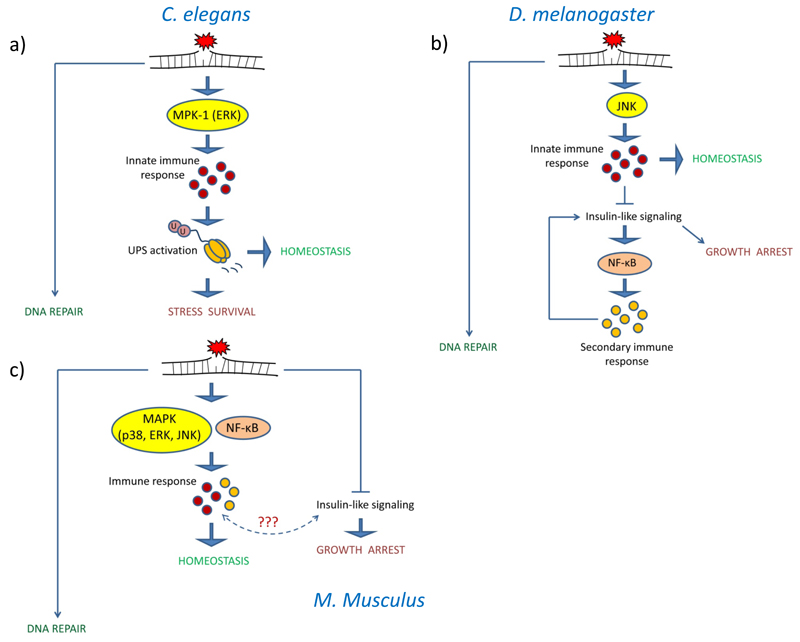Figure 2. Systemic DNA damage responses through evolutionary conserved pathways.
Organismal quality control pathways are involved in systemic DNA damage responses that slow down systemic growth and support tissue homeostasis to allow time for appropriate DNA repair. (a) In C. elegans it was recently demonstrated that enhanced tissue homeostasis and elevated stress survival upon innate immune induction (by DNA damage or other means) is executed via activation of the ubiquitin proteasome system (UPS). DNA damage in C. elegans is linked to innate immune response through the MAP kinase (MPK-1/ERK) signaling. (b) In D. melanogaster UV-induced lesions in the epidermis lead to MAPK-dependent induction of cytokines. Cytokines act systemically to inhibit insulin signaling (IIS) via the central nervous system. The inhibition of IIS mediates growth arrest and activates NF-kB/Relish transcription factor in the fat body of the fly leading to the secondary immune response that, among other effects, re-activates insulin signaling leading to eventual resumption of growth. (c) In mammals DNA damage leads to the induction of immune response (both innate and adaptive) as well as to reduced insulin signaling and growth arrest. Both MAP kinases and NF-kB participate in the triggering of immune responses. The cytokines taking part in the innate immune response have been implicated in tissue maintenance and regeneration in both Drosophila and mammals.

